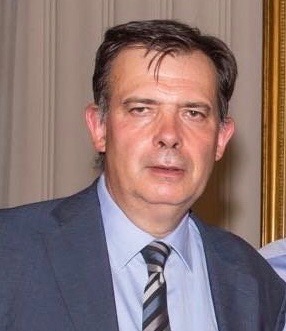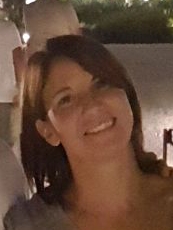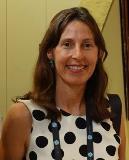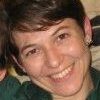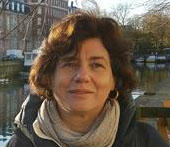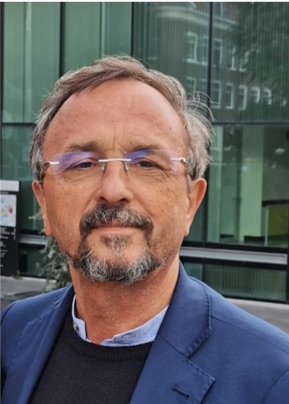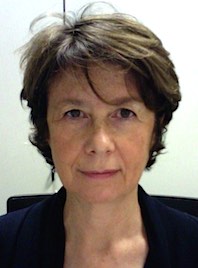Studying at the University of Verona
Here you can find information on the organisational aspects of the Programme, lecture timetables, learning activities and useful contact details for your time at the University, from enrolment to graduation.
Academic calendar
The academic calendar shows the deadlines and scheduled events that are relevant to students, teaching and technical-administrative staff of the University. Public holidays and University closures are also indicated. The academic year normally begins on 1 October each year and ends on 30 September of the following year.
Course calendar
The Academic Calendar sets out the degree programme lecture and exam timetables, as well as the relevant university closure dates..
| Period | From | To |
|---|---|---|
| I semestre | Oct 1, 2013 | Jan 31, 2014 |
| II semestre | Mar 3, 2014 | Jun 13, 2014 |
| Session | From | To |
|---|---|---|
| Sessione straordinaria | Feb 3, 2014 | Feb 28, 2014 |
| Sessione estiva | Jun 16, 2014 | Jul 31, 2014 |
| Sessione autunnale | Sep 1, 2014 | Sep 30, 2014 |
| Session | From | To |
|---|---|---|
| Sessione autunnale | Oct 10, 2013 | Oct 10, 2013 |
| Sessione straordinaria | Dec 13, 2013 | Dec 13, 2013 |
| Sessione invernale | Mar 13, 2014 | Mar 13, 2014 |
| Sessione estiva | Jul 17, 2014 | Jul 17, 2014 |
| Period | From | To |
|---|---|---|
| Vacanze Natalizie | Dec 22, 2013 | Jan 6, 2014 |
| Vacanze di Pasqua | Apr 17, 2014 | Apr 22, 2014 |
| Festa del S. Patrono S. Zeno | May 21, 2014 | May 21, 2014 |
| Vacanze Estive | Aug 11, 2014 | Aug 15, 2014 |
Exam calendar
Exam dates and rounds are managed by the relevant Science and Engineering Teaching and Student Services Unit.
To view all the exam sessions available, please use the Exam dashboard on ESSE3.
If you forgot your login details or have problems logging in, please contact the relevant IT HelpDesk, or check the login details recovery web page.
Should you have any doubts or questions, please check the Enrollment FAQs
Academic staff
Cecchi Franco
 franco.cecchi@univr.it
franco.cecchi@univr.it
 045 802 7964 - 7965
045 802 7964 - 7965
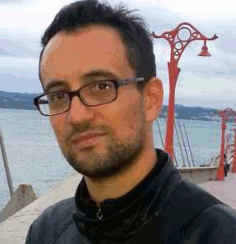
Fatone Francesco
 francesco.fatone@univr.it
francesco.fatone@univr.it
 045 802 7965
045 802 7965
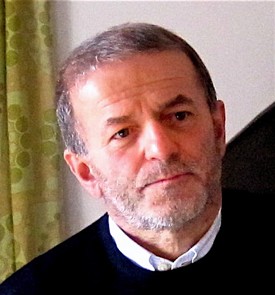
Vallini Giovanni
 giovanni.vallini@univr.it
giovanni.vallini@univr.it
 045 802 7098; studio dottorandi: 045 802 7095
045 802 7098; studio dottorandi: 045 802 7095
Study Plan
The Study Plan includes all modules, teaching and learning activities that each student will need to undertake during their time at the University.
Please select your Study Plan based on your enrollment year.
1° Year
| Modules | Credits | TAF | SSD |
|---|
2° Year activated in the A.Y. 2014/2015
| Modules | Credits | TAF | SSD |
|---|
| Modules | Credits | TAF | SSD |
|---|
| Modules | Credits | TAF | SSD |
|---|
Legend | Type of training activity (TTA)
TAF (Type of Educational Activity) All courses and activities are classified into different types of educational activities, indicated by a letter.
Phytopathological biotechnology (2014/2015)
Teaching code
4S00700
Credits
6
Language
Italian
Scientific Disciplinary Sector (SSD)
AGR/12 - PLANT PATHOLOGY
The teaching is organized as follows:
teoria
laboratorio
Learning outcomes
Students will acquire a general picture of the main phytosanitary issues, with a basic introduction to biology and epidemiology of plant pathogens and the most important concepts of plant diagnosis and disease control.
On the other hand, he/she will acquire a deep understanding of molecular basis of plant- pathogen interactions, with special emphasis on mechaanisms of pathogenicity and virulence, plant resistance to pathogens, and inherent biotechnological applications.
Program
General concepts on plant disease; description of the principal biotic plant pathogens (fungi, bacteria, phytoplasmas, viruses and viroids). Nutritional strategies and life cycle of plant pathogens. Symptom analysis and description.
Diagnosis of plant pathogens with traditional, molecular and serological techniques.
Basic concepts in epidemiology, plant disease management and control.
Molecular mechanisms of pathogenicity and virulence.
Phytopathogenic fungi and pseudo-fungi; general life cycle and virulence factors. Detailed life cycle for Plasmopara viticola, Erysiphe necator, Venturia inaequalis, Botrytis cinerea, Puccinia graminis.
Phytopathogenic bacteria: virulence factors, function of hrp and avr genes. Detailed life cycles for Erwinia amylovora, Pseudomonas syringae.
Phytopathogenic viruses: basic knowledge of replication, gene expression, assembly, movement of the viral particle into the infected plant. Detailed examples: Tobacco Mosaic Virus (TMV), Potato Virus Y (PVY). Viral transmission through vectors. Satellite viruses and satellite RNAs. Use of viruses as expression vectors. Basic knowledge of phytoplasmas and viroid infection process and epidemiology.
Plant-pathogen interaction and plant resistance to disease. Molecular bases of host specificity. Non-host resistance and race-specific resistance.
Plant-pathogen recognition: the elicitor-receptor model and the guard model.
Structure, function and evolution of plant resistance genes.
Signal transduction in plant resistence: reactive oxygen species, nitric oxide, salycilic acid, jasmonate and ethylene in plant defence.
Mechanisms of resistance: pathogenesis-related proteins, gene expression related to resistance. Post-transcriptional gene silencing as a resistance mechanism against viral pathogens.
Arabidopsis as a model plant: use of mutants for the identification of key components in the signal transduction cascade.
Systemic resistance responses: Systemic Acquired Resistance (SAR); Induced Systemic Resistence (ISR); Systemic Wound Response.
Biotechnological approaches to breed resistant plants:
transgenic expression of genes deriving from other plants, from other organisms and from pathogens (pathogen derived resistance).
Practical exercizes
Symptom observation. Isolation of fungal and bacterial pathogens in pure culture.
Morphological identification of some phytopathogenic fungi at the light microscope.
Pathogenicity test for bacteria (hypersensitive reaction on tobacco plants)
Inoculation of viral pathogens on indicator plant species.
Serological tests for identification of phytopathogenic viruses: the ELISA test.
Molecular detection of plant pathogens (PCR).
Examination Methods
Oral exam
Type D and Type F activities
Modules not yet included
Career prospects
Module/Programme news
News for students
There you will find information, resources and services useful during your time at the University (Student’s exam record, your study plan on ESSE3, Distance Learning courses, university email account, office forms, administrative procedures, etc.). You can log into MyUnivr with your GIA login details: only in this way will you be able to receive notification of all the notices from your teachers and your secretariat via email and soon also via the Univr app.
Graduation
Deadlines and administrative fulfilments
For deadlines, administrative fulfilments and notices on graduation sessions, please refer to the Graduation Sessions - Science and Engineering service.
Need to activate a thesis internship
For thesis-related internships, it is not always necessary to activate an internship through the Internship Office. For further information, please consult the dedicated document, which can be found in the 'Documents' section of the Internships and work orientation - Science e Engineering service.
Final examination regulations
List of theses and work experience proposals
| theses proposals | Research area |
|---|---|
| Dinamiche della metilazione del DNA e loro contributo durante il processo di maturazione della bacca di vite. | Various topics |
| Miglioramento del profilo nutrizionale e funzionale di sfarinati di cereali mediante fermentazione con batteri lattici | Various topics |
| Risposte trascrittomiche a sollecitazioni ambientali in vite | Various topics |
| Studio delle basi genomico-funzionali del processo di embriogenesi somatica in vite | Various topics |
Attendance
As stated in the Teaching Regulations for the A.Y. 2022/2023, attendance is not mandatory. However, professors may require students to attend lectures for a minimum of hours in order to be able to take the module exam, in which case the methods that will be used to check attendance will be explained at the beginning of the module.
